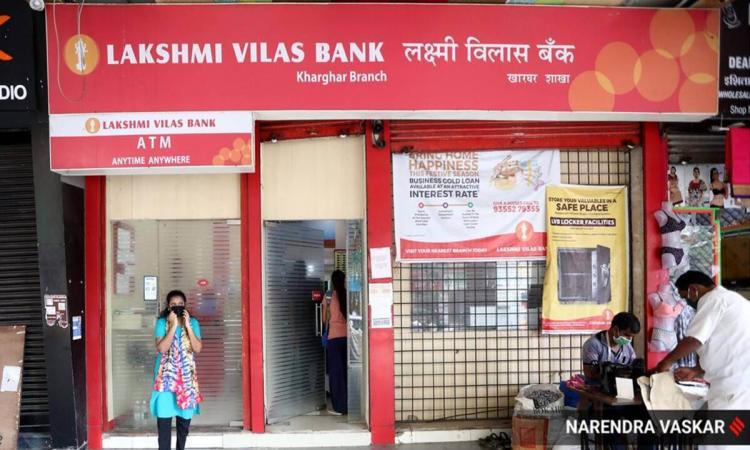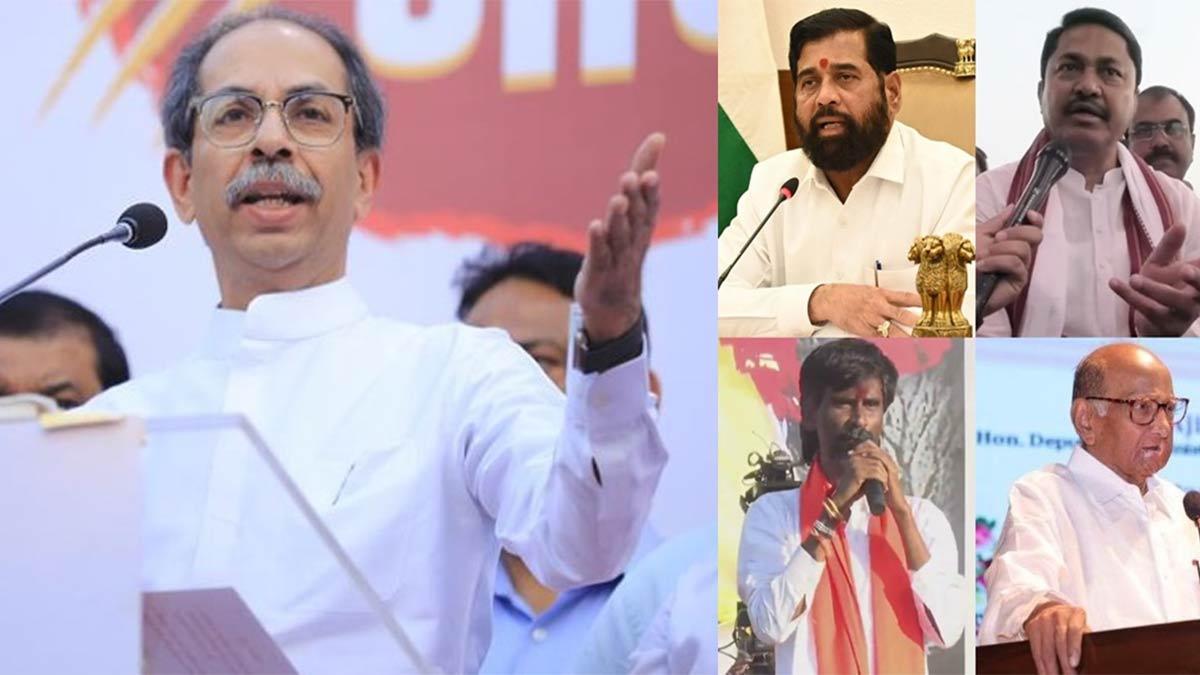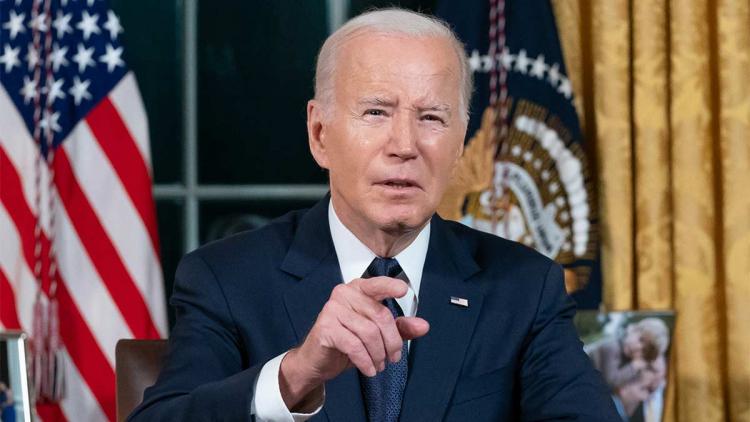The Union Cabinet recently approved the merger of Lakshmi Vilas Bank with DBS Bank India Ltd, putting an end to the moratorium on the troubled lender imposed on November 17. As soon as the merger takes effect on Friday, all restrictions on cash withdrawal from LVB are bound to cease. The merger has been executed with the intention of rescuing LVB from its crisis and to strengthen DBS's business position in India.
But LVB went through a lot, before arriving on the verge of a merger for its survival. Let's have a look at the backstory of the bank, established even before independence in 1926.
Founded in Karur, Tamil Nadu, by a group of seven businessmen, the bank's initial objective was to cater to the financial needs of people in and around Karur. However, post-independence, the bank obtained its banking license, started operating as a full-fledged commercial bank in 1958. The bank started expanding beyond Kerala around the 1960s when it took over 9 other banks as well .
Several other branches were set up in important financial cities, Mumbai, Delhi, Kolkata and cities in neighbouring states as well. Operations for the bank went on smoothly over five decades, acquiring the status of Authorization Dealer for foreign exchange in 1976 to implementing CBS (Core Banking Solution) in 2006.
However, troubles ensued for the bank in 2016-17 when it shifted its focus from SMEs to large businesses, loaning out Rs. 720 crore to former promoters of Ranbaxy and Fortis Healthcare which turned out to be a bad loan. The Delhi branch of the bank also faced a lawsuit in 2018 due to its inability to repay Rs. 800 crore worth of fixed deposits after the bad loan. Following the lawsuit, RBI put LVB under prompt corrective action (PCA) in 2019 which restricted the majority of its activities.
The share prices of the bank saw a steep fall from Rs. 185 in 2017 to even Rs. 10 in 2020. Ever since the PCA, LVB had been looking for merger options with Indian Bulls Housing Finance and Capital Clix but remained unsuccessful.
Eventually, due to serious deterioration in the bank's financial position, RBI put it on a month long moratorium on 17th November, 2020 and ten days later, the bank's merger with DBS was announced. The moratorium is to be lifted now and all branches of LVB will start operating as branches of DBS Bank India Ltd. The speedy amalgamation was in line with the government's efforts to clean up the banking system while also protecting the interests of depositors and the financial system.


















